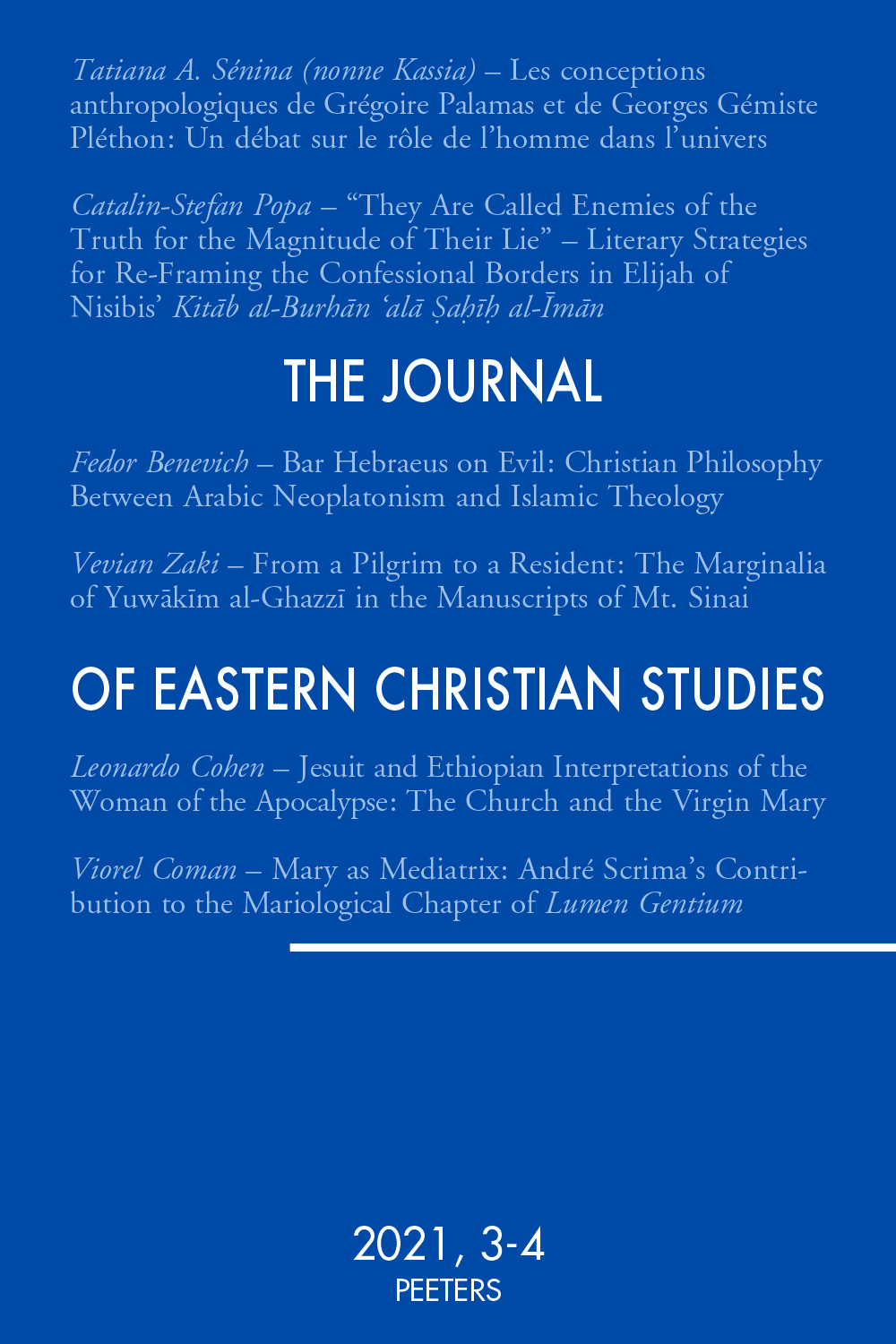next article in this issue  |

|
Document Details : Title: How to Win Pilgrims and Influence Emperors Subtitle: A Historical Reinterpretation of the Byzantine Church of St. John at Ephesus Author(s): BRITT, Karen C. Journal: Journal of Eastern Christian Studies Volume: 64 Issue: 3-4 Date: 2012 Pages: 137-174 DOI: 10.2143/JECS.64.3.2961409 Abstract : In the sixth century A.D., the Byzantine emperor Justinian provided funding for a new church to be constructed over the tomb of St. John the Evangelist at Ephesus; this was the final church raised on the site and its ruins are visible to the present day. According to the emperor’s biographer, Procopius of Caesarea, the new church resembled ‘…very closely in all respects’ (De Aedificiis 5.1.6) the Church of the Holy Apostles in Constantinople also rebuilt by Justinian. In the present article, it is proposed that the design of the sixth century church was influenced less by the emperor and more by the ambitious archbishop of Ephesus, Hypatius, in an effort to increase pilgrimage to the site, restore the city to its former prestige after a period of misfortune, and ‘rehabilitate’ its relationship with the court in Constantinople. It is argued that the church was deliberately designed as a hybrid of architectural influences from the east and west rather than as a ‘copy’ of a single building thus necessitating a reconsideration of the concept of copying in the early Middle Ages. |
